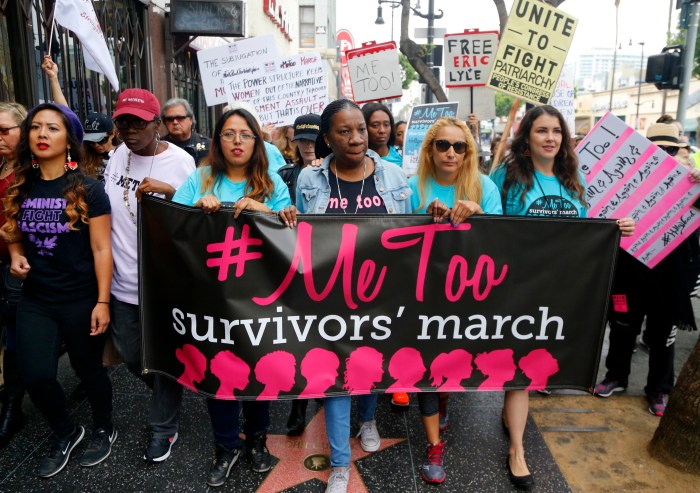By Kenneth Kowald
Most, if not all religious entities, perform some kind of charitable work. For some, it may not go beyond helping their own congregation members. For others, it means outreach to the community in which it functions. For still others, it means reaching out to those who need help in other parts of the country and the world, whether on a regular basis or when disaster strikes. But these efforts are done on a voluntary basis by those who want to do what they believe is good work. They do it because they want to, not because they have to, regardless of what the individual motives may be. In his first term, the anointed one found that Congress did not respond properly to his initiative, so he established religion-based offices in 10 departments, including the departments of Justice, Education, Labor and Health and Human Services – and just last March he added such an office to the Department of Homeland Security that paragon of efficiency. Thus has he used taxpayer money Ð yours and mine and our neighbors' Ð to break down the barriers between church and state. In the 2005 fiscal year, more than $2.1 billion of your money and mine went to religious organizations. The administration has declined to give clear information about what constitutes “inherently religious” activities that would violate the laws of the land. Last March, the Justice Department attempted to set up a “single-faith residential re-entry program” in six federal prisons, which would be run in each by a particular denomination. Threatened lawsuits challenged that violation of the Constitution and the program was withdrawn. The Department of Human Services has been trying to give money to an organization that provides marriage counseling based on the Bible, even though the government instructs organizations broadly that they are prohibited from using funds for religious purposes. It has been suggested that the following questions should be asked about federally funded social programs: ¥Does the program include religious proselytism or coercion? ¥Is taxpayer money diverted to religious uses? ¥Does the program discriminate against potential employees on the basis of religion? ¥Does the program discriminate against recipients on the basis of religion? ¥Does the site where the services are offered contain religious iconography? ¥Does the organization's mission statement spread a sectarian message? If the answers to any of the above are “yes,” beware!We are dangerously close to tearing down the wall that separates church and state. The Supreme Court will decide this year whether private citizens may go to court to challenge activities of the White House on religion-based initiatives. In his book, “Tempting Faith,” David Kuo, who served for more than two years as second in command of the White House Office of Faith-Based and Community Initiatives, says he heard a lot of talk “about compassion, but not fighting for compassion” for the poor. What was that about talking the talk, but not walking the walk?But perhaps the best reason to reject the anointed one's “faith-based initiative” is that it puts the religious entity in the position of accepting what used to be called “The King's Shilling.” In return for such acceptance, the recipient owed the king a duty of service. Do religious organizations, no matter how worthy their services or in however much in need they may be, really want to be beholden to the demands of the secular power? Better to think twice and reject the tainted shilling than knuckle your forelock and bend your knee to the anointed one in the White House.
































